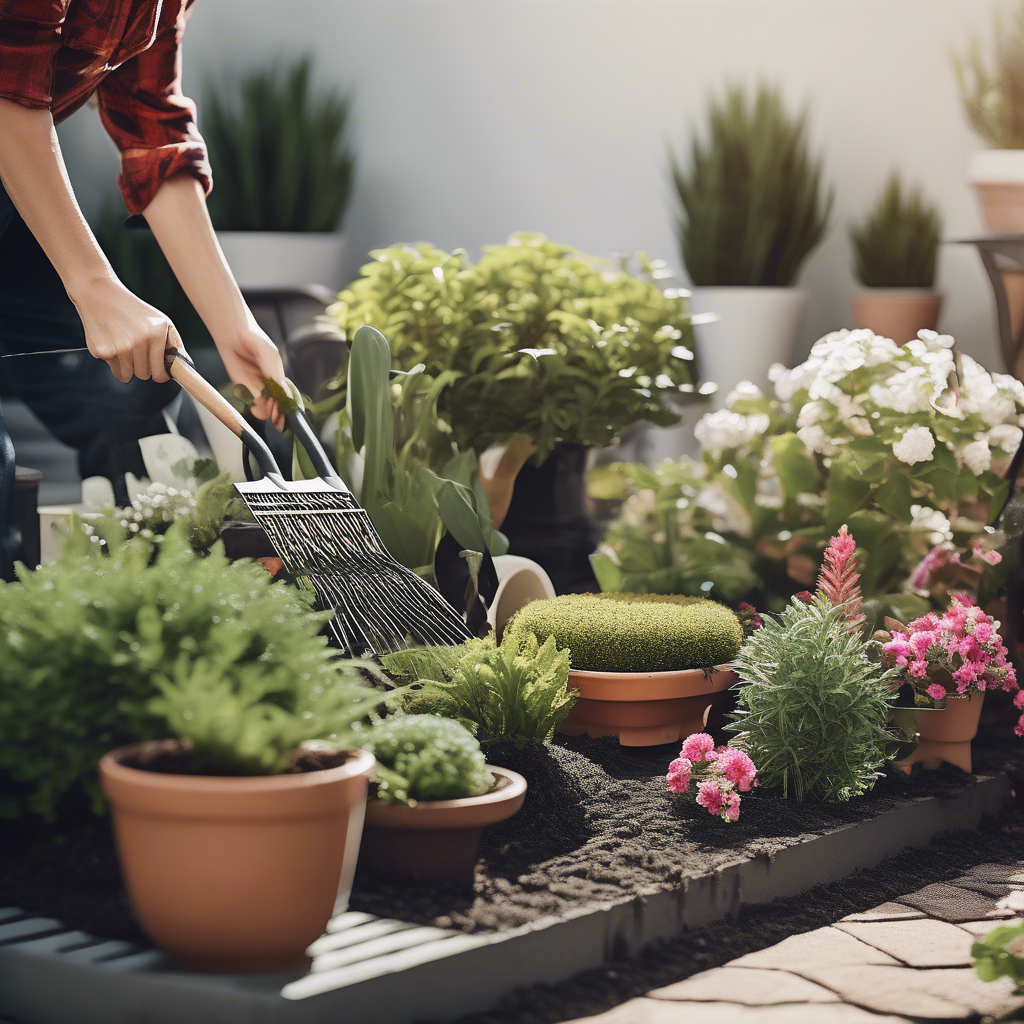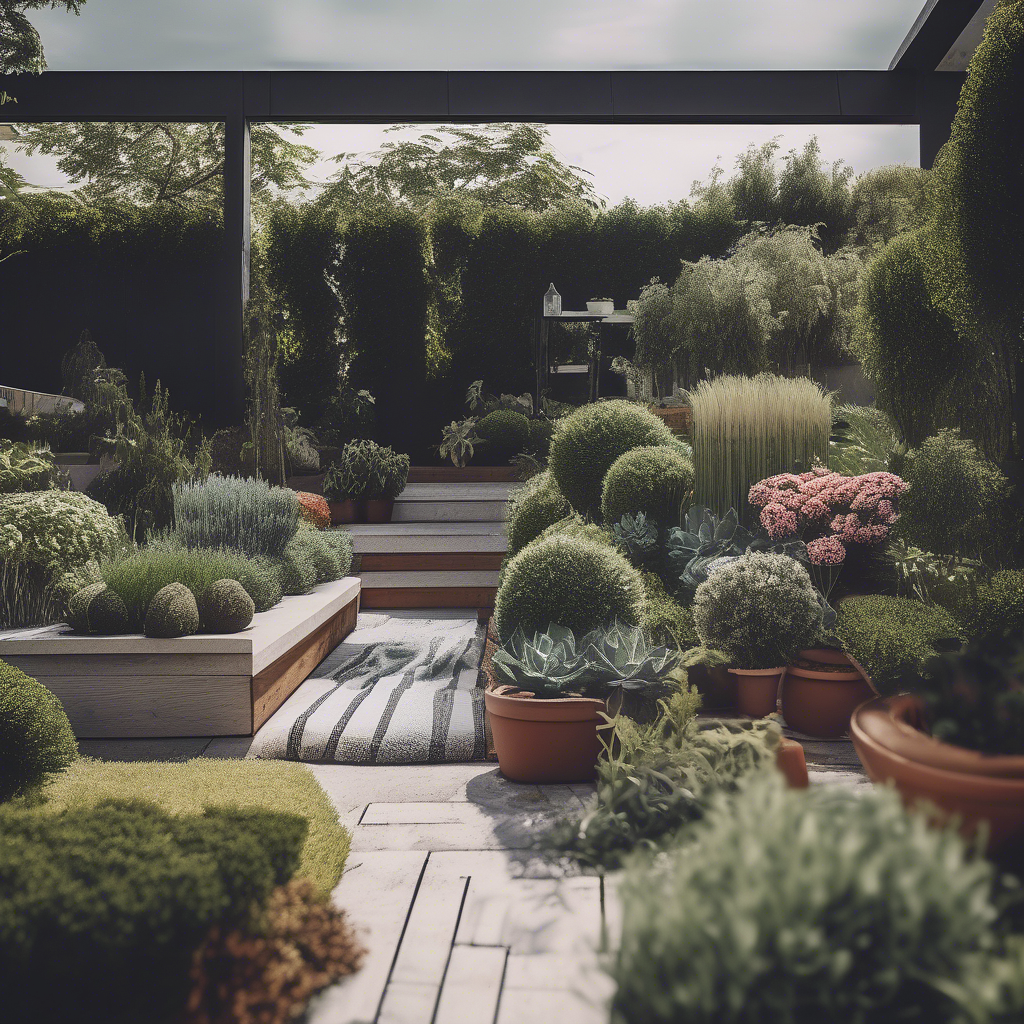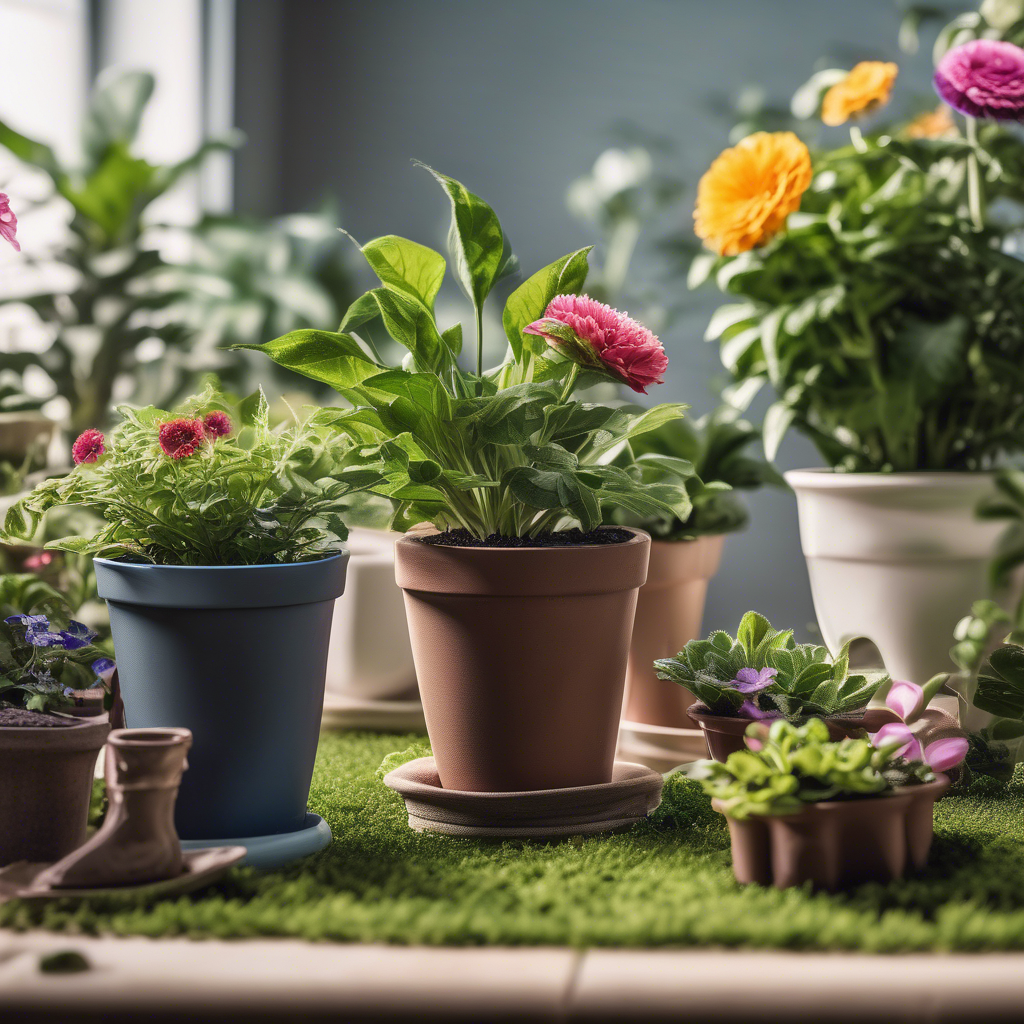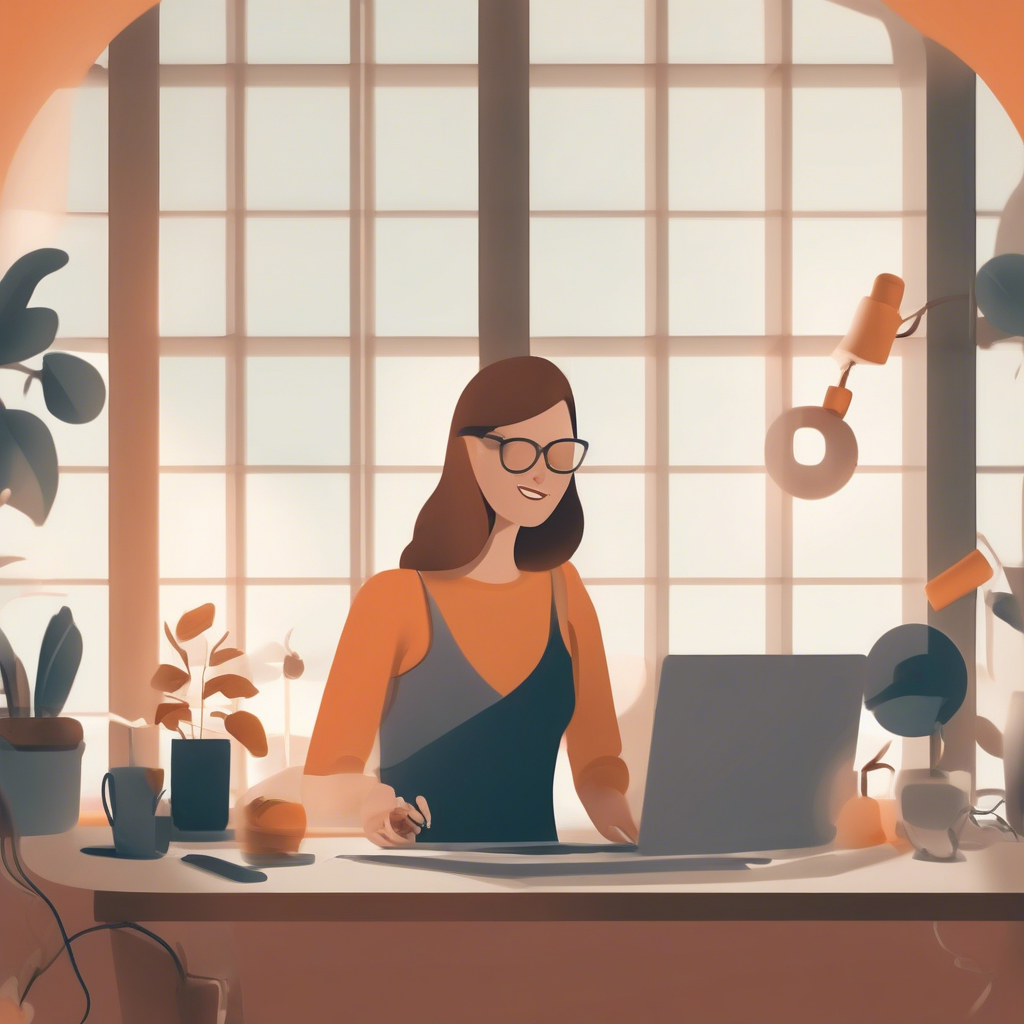Simple Gardening Tips to Brighten Your Living Area

In the hustle and bustle of modern life, creating a serene and inviting home environment is more important than ever. Houseplants offer a simple yet effective way to brighten your living area, providing both aesthetic appeal and health benefits. With the right approach, anyone can transform their space into a green oasis, regardless of their gardening experience.
Gardening is not just for those with large yards or ample outdoor space. Indoor gardening ideas are gaining popularity as they provide a way to bring nature indoors, enhance home decor, and improve air quality. By mastering a few simple tips for maintaining houseplants, you can enjoy the beauty and tranquility of nature inside your own home.
This guide will delve into easy plant care and houseplant decoration, offering practical advice and expert insights. You will learn how to select the right plants, maintain them with minimal effort, and integrate them seamlessly into your decor. Whether you’re a seasoned gardener or a complete novice, these simple gardening tips will help you brighten your living area and enhance your home with plants.
Choosing the Right Plants for Your Space
One of the first steps in indoor gardening is selecting the right plants for your living area. Consider your space’s lighting conditions, humidity levels, and temperature to ensure your plants thrive. Common houseplants like snake plants, pothos, and peace lilies are excellent choices for beginners due to their adaptability and low maintenance needs.
According to a study by NASA, certain houseplants can improve indoor air quality by filtering out toxins and releasing oxygen. Snake plants, for instance, are known for their air-purifying qualities and ability to thrive in low-light conditions. This makes them ideal for bedrooms or areas with limited natural light.
Before purchasing plants, assess your living area’s conditions and choose species that match your environment. For example, succulents and cacti thrive in bright, sunny spots, while ferns and spider plants prefer more humid, shaded environments. Tailoring your plant choices to your home’s conditions is a crucial step in ensuring their health and longevity.
Easy Plant Care and Maintenance
Once you’ve selected the right plants, it’s essential to understand basic plant care to keep them healthy. Watering is a critical aspect of plant maintenance; over-watering is a common mistake that can lead to root rot. A simple rule of thumb is to check the soil moisture: if the top inch is dry, it’s time to water.
Fertilizing is another key component of plant care. Most houseplants benefit from regular feeding during their active growing season, typically spring and summer. Use a balanced, water-soluble fertilizer every few weeks to provide essential nutrients.
Pruning and cleaning your plants helps maintain their appearance and health. Trim dead leaves and stems to encourage new growth, and gently wipe leaves with a damp cloth to remove dust. Regular maintenance not only keeps your plants looking vibrant but also helps prevent pest infestations.
Incorporating Plants into Your Home Decor
Houseplant decoration is a creative way to enhance your home with plants. Use plants to complement your existing decor by considering color, texture, and size. For instance, tall plants like fiddle leaf figs make excellent statement pieces in living rooms, while smaller plants like succulents or air plants can add interest to shelves and coffee tables.
Consider using decorative pots and planters to add a personal touch to your indoor garden. Choose containers that reflect your style, whether it’s modern, rustic, or eclectic. Hanging planters or wall-mounted shelves are also great for maximizing space, especially in small apartments.
Group plants with similar care needs to create a cohesive display. For example, cluster moisture-loving plants in a bathroom, or arrange sun-loving varieties near a window. This not only simplifies maintenance but also creates a visually appealing arrangement that enhances the overall aesthetic of your living area.
Indoor Gardening Tips for Beginners
Starting an indoor garden can be daunting, but with a few simple gardening tips, you can set yourself up for success. Begin with easy-to-care-for plants like pothos, ZZ plants, or philodendrons. These hardy species are forgiving and can tolerate a range of conditions.
Invest in basic gardening tools, such as a watering can, pruning shears, and a moisture meter. These tools will make plant care more manageable and help you monitor your plants’ health effectively.
Join online gardening communities or forums to connect with fellow plant enthusiasts. Sharing experiences and tips can provide valuable insights and encouragement, especially for beginners. Remember, indoor gardening is a journey, and learning from others can enhance your skills and confidence.
For those who prefer visual learning, video content can be an excellent resource for understanding plant care techniques. Watching expert gardeners demonstrate pruning, repotting, and styling tips can inspire and educate. Consider checking out some popular gardening channels on platforms like YouTube for additional guidance.

Frequently Asked Questions
How often should I water my houseplants?
The frequency of watering depends on the plant species and environment. Generally, water when the top inch of soil feels dry. Over-watering is a common issue, so it’s better to err on the side of caution. For example, succulents require less frequent watering compared to tropical plants like ferns.
What are the best houseplants for low light?
Plants like snake plants, ZZ plants, and pothos are excellent for low-light conditions. These species are adapted to thrive with minimal sunlight and are perfect for dimly lit rooms or offices. They are also low-maintenance, making them ideal for beginners.
How can I prevent pests on my indoor plants?
Prevent pests by maintaining plant health through proper watering, cleaning leaves, and ensuring good air circulation. Inspect plants regularly for signs of pests and treat infestations promptly with natural remedies like neem oil or insecticidal soap. Keeping your plants clean deters most common pests.
Is it necessary to repot plants regularly?
Repotting is necessary when plants outgrow their containers or when soil becomes depleted. Signs include roots growing out of drainage holes or water not absorbing well. Typically, repot every 1-2 years, depending on growth and pot size. Use fresh potting mix to provide nutrients for ongoing health.
What is the easiest way to propagate houseplants?
Propagation can be done through cuttings, division, or air layering, depending on the plant. For example, pothos and spider plants propagate easily from cuttings placed in water. Once roots develop, transfer them to soil. This method is simple and effective for many common houseplants.
Conclusion
Houseplants offer a delightful way to brighten your living area and improve your home’s ambiance. By selecting the right plants, mastering easy plant care, and integrating them into your decor, you can create a thriving indoor garden that enhances both your space and well-being.
Start your indoor gardening journey with confidence by applying the tips shared here. Remember to choose plants suited to your environment, provide consistent care, and enjoy the process of nurturing your green companions. With time and patience, your home will flourish with life and color.
To further explore the world of houseplants, consider reading about the benefits of vertical gardens or discovering the best plants for office spaces. These complementary topics offer additional insights into transforming your environment with the power of plants.
Embrace the beauty and tranquility that houseplants bring, and watch as they transform your living area into a sanctuary of nature and comfort.



